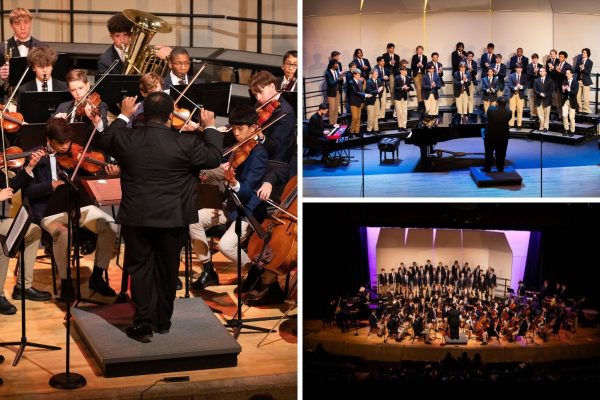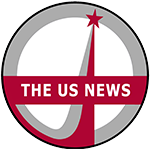Post AP Biology, Anatomy & Physiology and Biotechnology
March 29, 2019
As the third quarter comes to a close, the pressure of what courses to take next year is beginning to amp up. Our school has a wealth of courses to choose from, courses ranging from Mao and Modern China to Machine Learning. With all of these unique classes, we have the opportunity to explore our interests, and possibly discover what we will be studying beyond high school.
I’m personally a big science guy and learned very early on that my passion was for medicine. For those of you who are similarly fascinated with the sciences, two new classes have been added to the Science Department’s course offerings: Anatomy & Physiology and Biotechnology. Having taken both of these classes, I highly recommend them and believe that they are a great way to test the waters early on and see if either the medical or biotech industries are ones that you could see yourself contributing to in the future.
Studying the mammalian body plan is essential to understanding modern medicine and human behavior. If you choose to add Anatomy and Physiology to your schedule, you will study the mammalian body plan and how organisms have evolved to maintain homeostasis, survive, and reproduce. Additionally, you will learn how structure, or the anatomy of various organisms, relates to their function or physiology, by performing various dissections alongside Cleveland Clinic and UH surgeons. My class in particular benefited from Dr. Gillinov’s instructional dissection of a heart. Comparative dissections include various invertebrates (annelid and mollusk), dog, fish, cat and animal organs (eye, heart, brain). This class is truly unique as it gives students the opportunity to go to the sim lab downtown, talk with doctors in their field of interest, and shadow surgeries, including an open-heart surgery.
Similarly, Biotechnology is unique in that it is one of US’s most lab intensive courses that the school offers its students. The class begins with a review of DNA structure and replication, RNA structure and function, protein synthesis, and enzyme structure and function, and later introduces the tools and basic techniques to be used throughout the course with a lab skills section. The bulk of the course focuses on the preparation, design, running, and analysis of several labs in which biotechnology techniques and skills may be practiced. I found this to be especially helpful in determining how to set up a procedure or lab spontaneously given varying circumstances in the lab. Labs that we performed included bacterial transformation, polymerase chain reaction, restriction digestion, gel electrophoresis, Koch’s Postulates, and DNA barcoding. We also discussed the historical and ethical uses of these rapidly expanding technologies after having read from scientific journals or watched Ted Talks.
So when you register for next year’s courses, consider taking Dr. Laux’s Anatomy and Physiology class or Mr. Bunce’s Biotech class. Who knows, maybe they will spark a new interest or reinforce an old one.










